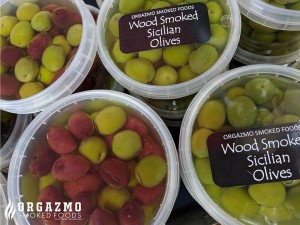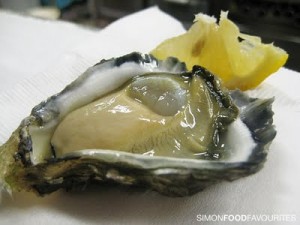In the run up to the beginning of the five-week orgy of food and shopping in the U.S. known as Thanksgiving, the U.S. Centers for Disease Control and public health and regulatory officials in several states are investigating a multistate outbreak of multidrug-resistant Salmonella infections linked to raw turkey products. The U.S. Department of Agriculture’s Food Safety and Inspection Service (USDA-FSIS) is monitoring the outbreak.
 Seventy-four more ill people from 26 states were added to this investigation since the last update on July 19, 2018.
Seventy-four more ill people from 26 states were added to this investigation since the last update on July 19, 2018.
As of November 5, 2018, 164 people infected with the outbreak strain of Salmonella Reading have been reported from 35 states.
63 people have been hospitalized, and one death has been reported from California.
Epidemiologic and laboratory evidence indicates that raw turkey products from a variety of sources are contaminated with Salmonella Reading and are making people sick.
In interviews, ill people report eating different types and brands of turkey products purchased from many different locations. Three ill people lived in households where raw turkey pet food was fed to pets.
The outbreak strain has been identified in samples taken from raw turkey pet food, raw turkey products, and live turkeys.
 A single, common supplier of raw turkey products or of live turkeys has not been identified.
A single, common supplier of raw turkey products or of live turkeys has not been identified.
The outbreak strain of Salmonella Reading is present in live turkeys and in many types of raw turkey products, indicating it might be widespread in the turkey industry. CDC and USDA-FSIS have shared this information with representatives from the turkey industry and asked about steps that they may be taking to reduce Salmonella contamination.
Always handle raw turkey carefully and cook it thoroughly to prevent food poisoning. This outbreak is a reminder that raw turkey products can have germs that spread around food preparation areas and can make you sick.
CDC is not advising that consumers avoid eating properly cooked turkey products, or that retailers stop selling raw turkey products.
CDC advises consumers to follow these steps to help prevent Salmonella infection from raw turkey:
Wash your hands. Salmonella infections can spread from one person to another. Wash hands before and after preparing or eating food, after contact with animals, and after using the restroom or changing diapers.
Cook raw turkey thoroughly to kill harmful germs. Turkey breasts, whole turkeys, and ground poultry, including turkey burgers, casseroles, and sausage, should always be cooked to an internal temperature of 165°F to kill harmful germs. Leftovers should be reheated to 165°F. Use a food thermometer to check, and place it in the thickest part of the food.
Don’t spread germs from raw turkey around food preparation areas. Washing raw poultry before cooking is not recommended. Germs in raw poultry juices can spread to other areas and foods. Thoroughly wash hands, counters, cutting boards, and utensils with warm, soapy water after they touch raw turkey. Use a separate cutting board for raw turkey and other raw meats if possible.
Thaw turkey in the refrigerator, in a sink of cold water that is changed every 30 minutes, or in the microwave. Never thaw your turkey by leaving it out on the counter.
CDC does not recommend feeding raw diets to pets. Germs like Salmonella in raw pet food can make your pets sick. Your family also can get sick by handling the raw food or by taking care of your pet.














 That’s Sorenne with teacher Nancy at pre-school. Nancy was born in Arnprior, raised in Pembroke that’s near Ottawa, in Canada (hello Alanis).
That’s Sorenne with teacher Nancy at pre-school. Nancy was born in Arnprior, raised in Pembroke that’s near Ottawa, in Canada (hello Alanis).